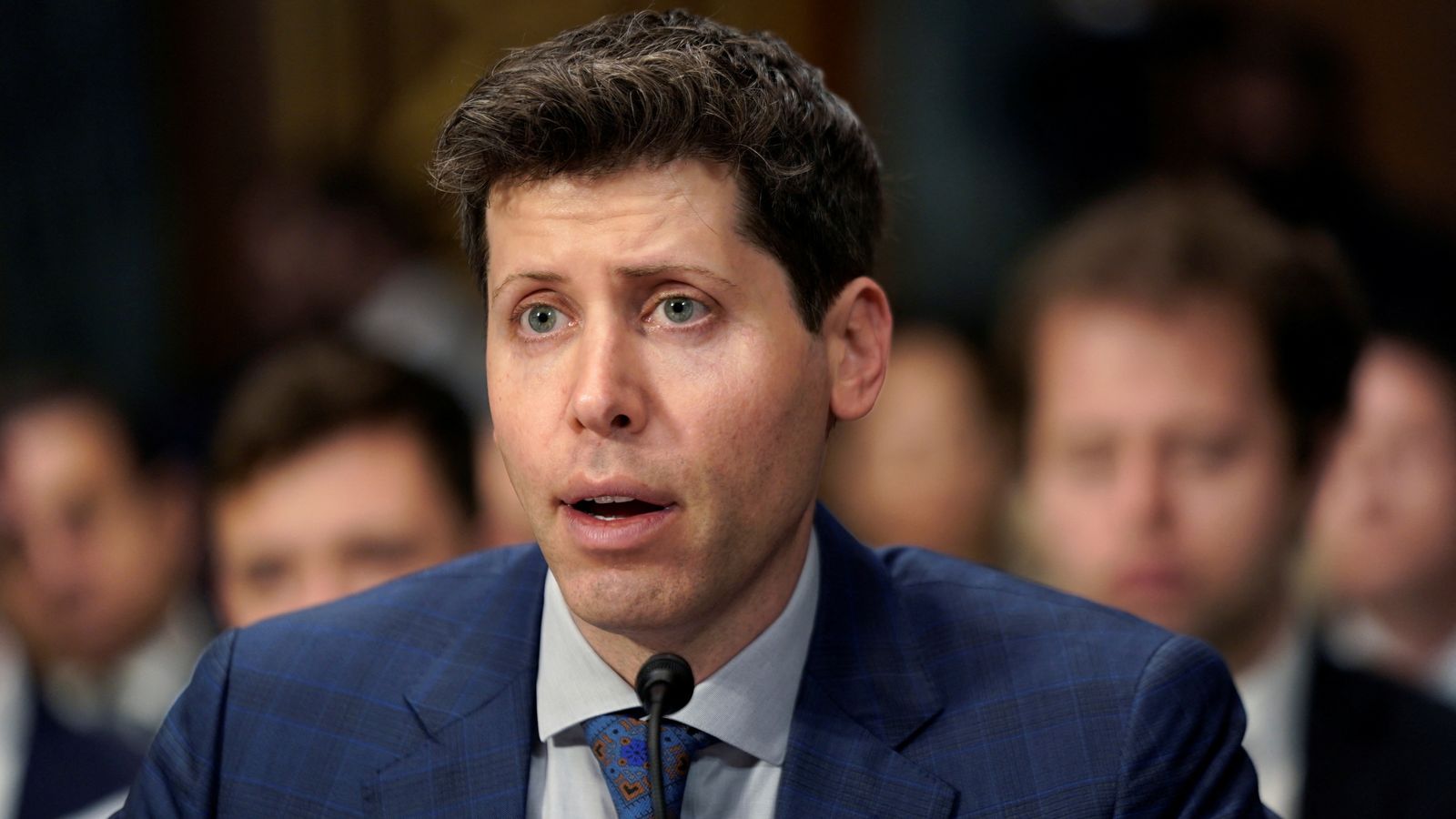How Sam Altman was dismissed raises a lot of issues.
Why was it that just four board members had the authority to fire the company’s CEO? Why were some of the board members so inexperienced at the board level? Furthermore, why was Microsoft, by far OpenAI’s largest backer, not represented on the board?
The company’s unique structure has the answers to such queries, but understanding it requires going back to 2015.
OpenAI was steadfastly non-profit when it originally got its start. It said in a news statement that “our aim is to build value for everyone rather than shareholders,” which was extremely apparent.
The objective was “to advance digital intelligence in a way that is most likely to benefit humanity as a whole, unconstrained by a need to generate financial return”.
There was also the belief that relatively little money may be needed to achieve the objective of artificial general intelligence (AGI), or AI that is capable of doing any work that a person can.
Funders have pledged $1 billion (£799 million) to the project, according to OpenAI in 2015. However, “we expect to only spend a tiny fraction of this in the next few years,” the company stated.
It was realized in 2019 that this was naïve. Its ambitious goals would require enormous quantities of cloud computing power to be realized. That required a significant outlay.
However, non-profits find it difficult to raise the kind of money that for-profit businesses can. So a peculiar hybrid emerged in 2019.
This is where the complexity of the situation begins.
A for-profit division of the company was established by the nonprofit OpenAI. Investors may cash in on the corporation at any moment and hope for profits that would never exceed 100 times their original investment.
The non-profit and for-profit sectors would collaborate, but not on an equal footing.
It was decided that the non-profit board would oversee the whole business to ensure that the for-profit arm matched itself with OpenAI’s core principles.
What was meant by that? Theoretically, the business might pursue its mission of aiding mankind while simultaneously drawing significant revenue. An amalgam of the “best of both worlds”
The non-profit would make sure that “the mission and the principles…take precedence over the obligation to generate a profit,” in the words of OpenAI.
Now, the structure was intriguing. However, it appeared to be effective. The money came in.
Not any more than Microsoft, which invested billions in the business. Ordinarily, one would think that a major supporter of this kind would request and be granted a seat on the board.
However, the organization of OpenAI was no longer typical. Because the non-profit board was driven by mission rather than profit, it did not need to provide its significant investors with a voice in how the business was operated.
Many senior board members quit over the following few years, sometimes with the excuse of conflicts of interest. Just six individuals made up the board as of last week, which is a rather low amount for a business that is supposedly worth $80 billion.
Among them were non-employees Adam D’Angelo, Tasha McCauley, and Helen Toner, as well as three top OpenAI executives: Greg Brockman, chairman and president; Ilya Sutskever, head scientist; and Sam Altman, chief executive.
The board of the non-profit resembled a non-profit board a little bit. It seems like a few of those board members had very little prior board experience.
Former Yahoo CEO Marissa Mayer wrote on X, “Most companies of OpenAI’s size and consequence have boards of 8–15 directors, most of whom are independent and all of whom have more board experience.”
Decisions at OpenAI were decided by a majority, which meant that just four individuals could make significant changes, such as firing the company’s CEO. And that’s just what they did on Friday. Greg Brockman resigned, and Sam Altman was sacked.


Leave a Reply